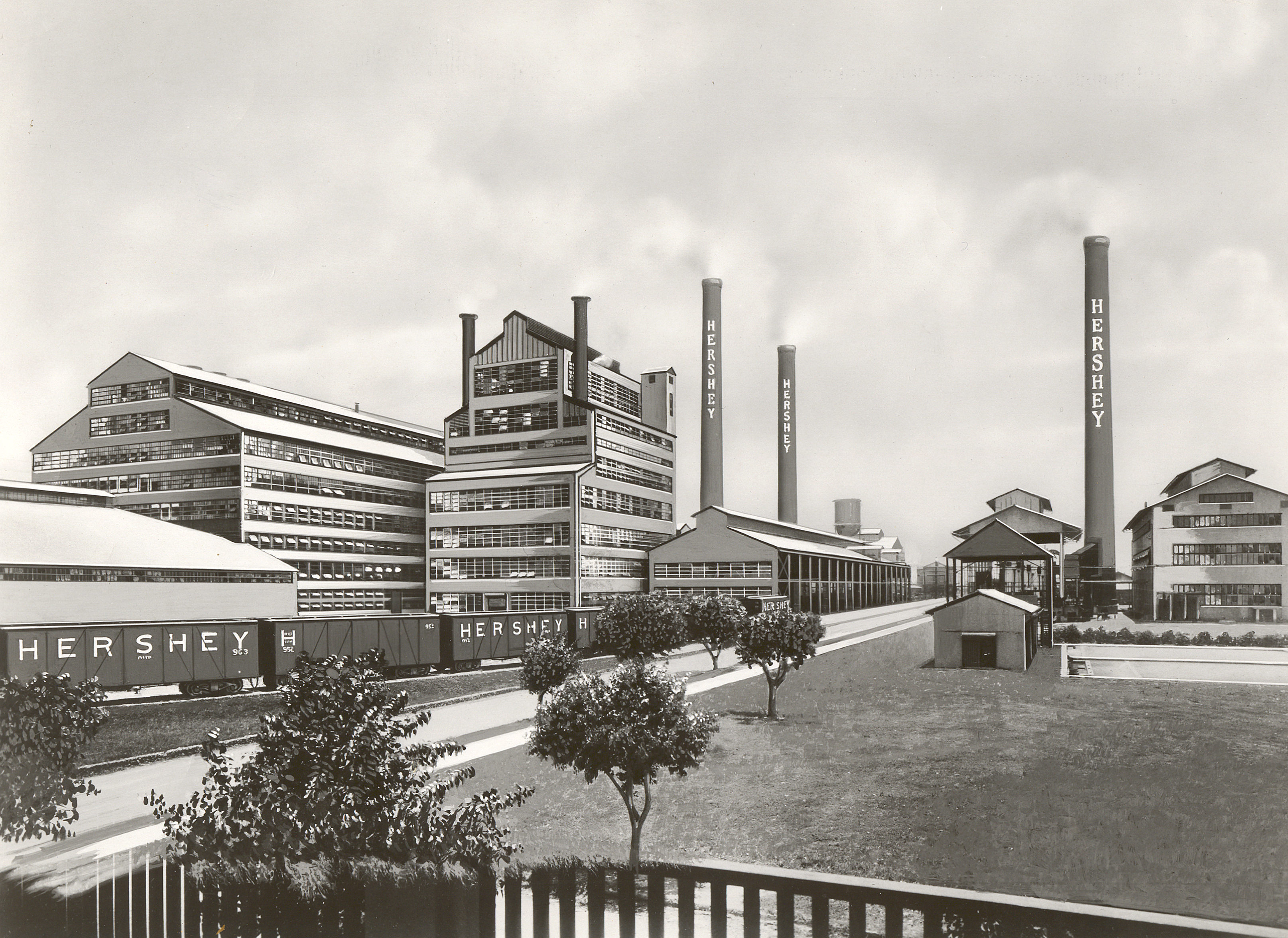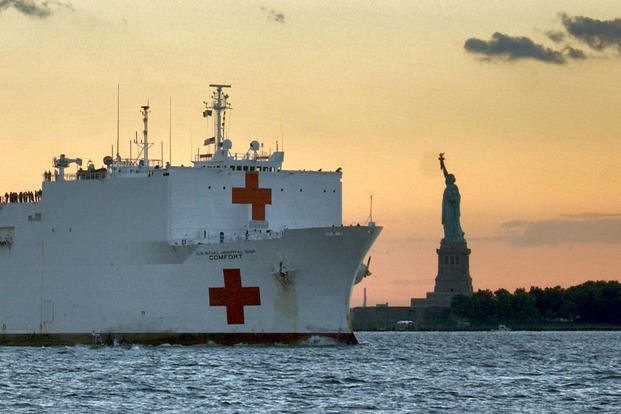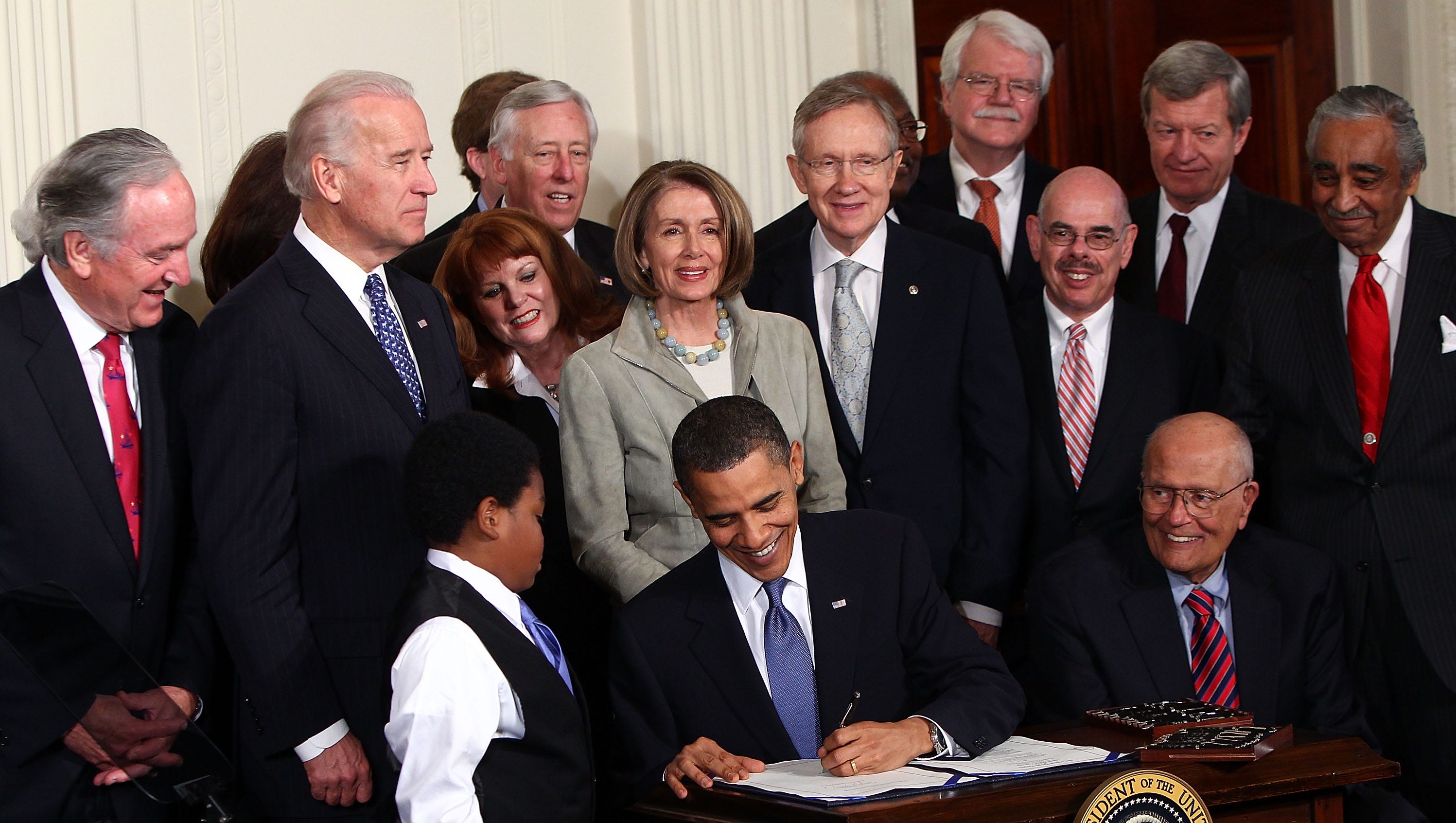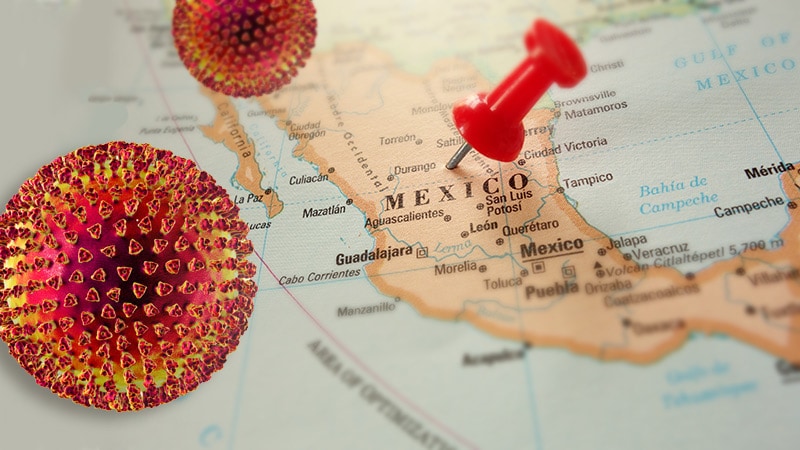As a boy in Cuba, I remember the Latin Mass and all of those Latin phrases that we would repeat during the ceremony. My late father was actually an altar boy during his Jesuit School days in Cuba so he used to tease us with Latin phrases, such as:
Priest: Dominus Vobiscum.
May the Lord be with you.
Congregation: Et cum spiritu tuo.
And with your Spirit.
Priest: Oremus.
Let us pray.
In 1965, or shortly after we landed in the U.S., Vatican Two changed things and the mass was now in the local language.
It was a good move because I don’t remember anyone who spoke Latin. All I remember was people looking at the altar and hoping that they’d keep up with the priest.
Well, Vatican Two made a lot of changes but I don’t think anyone saw the day that the mass would be “streamed” to parishioners sitting in front of a computer.
Here we are: Facebook meet the new Catholic Church, or something like that dependending on what network you watched your mass on.
How did it go? It was different but worth the time. I will answer “yes” whenever St. Peter does the checklist up in heaven.
Can you guess what the priest was thinking? Well, maybe he was saying something like this:
Here is the church, and here is the steeple;
Father says Mass, but where are the people?
We will survive, the country and the church.
It makes me lucky to say: I’ve been to mass in Latin, Spanish, English and now “on stream.” Wonder what my hilarious grandmother would say to that ?
PS: You can listen to my show (Canto Talk) and follow me on Twitter.





















